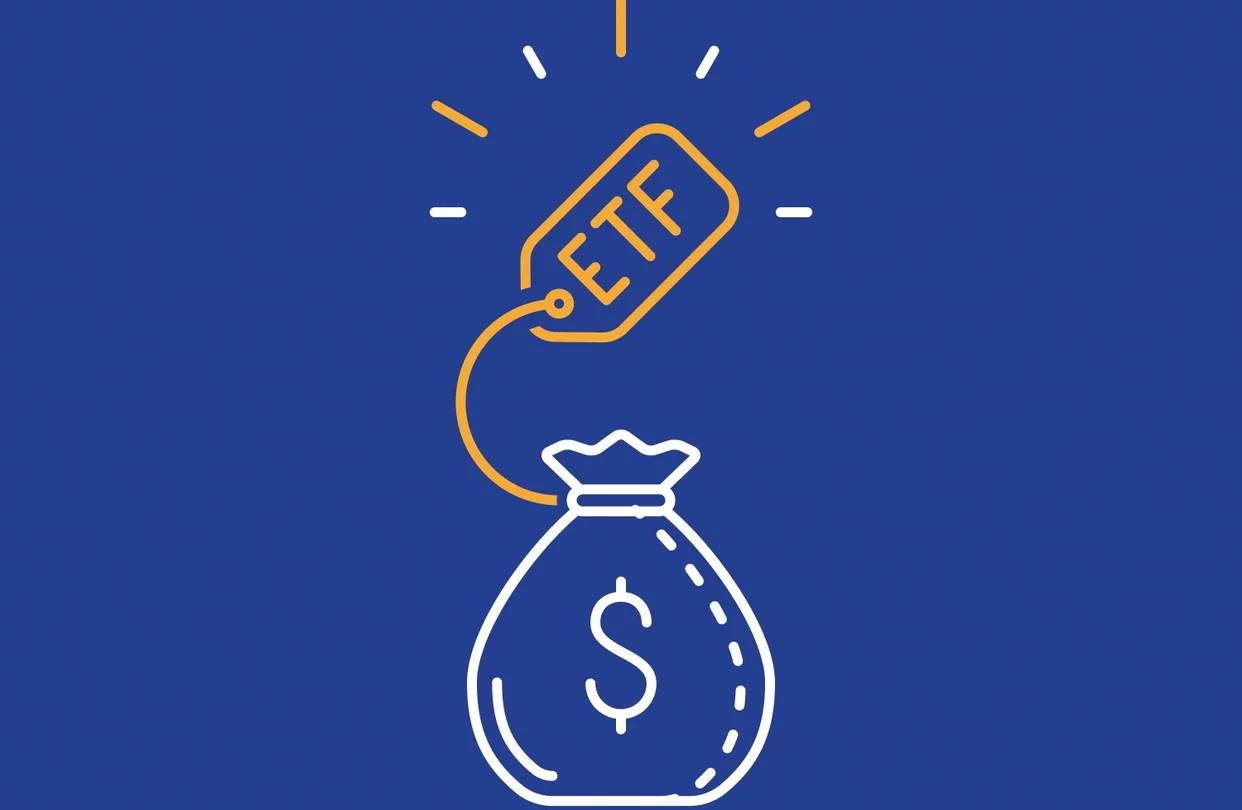
How to Start Investing in ETFs – A Beginner’s Guide
ETFs provide the basis of a well-diversified portfolio and are an ideal starting point for novice investors. Just like stocks, ETFs are traded via online brokers such as TD Ameritrade and eToro with low minimum investment amounts available to beginners.
ETFs offer investors various investment strategies and have many different ETFs designed to fit with your goals, risk tolerance and lifestyle. Selecting one is key for reaching financial independence.
How to Choose an ETF
ETFs offer low-cost diversification to help build wealth. When selecting your ETF, first determine your investment focus: stocks or bonds, geographic region or market segment such as small cap companies or sustainable investing strategies. Next, assess its expense ratio which displays annual operating expenses expressed as a percentage of total assets.
Once you know how much capital you want to invest, consider your desired investment amount. Although most online brokers now provide commission-free stock and ETF trades, depending on current share pricing you may require a certain amount to get started investing. ETFs trade per-share basis and may incur premiums or discounts in relation to their net asset value (NAV); such deviations are driven by supply and demand in secondary markets for ETF shares – the more crowded their market becomes, the higher its premium and consequently, lower its NAV will become.
How to Buy an ETF
To purchase an ETF, a brokerage account is essential. There are numerous online brokers offering commission-free stocks and ETF trades which makes getting started easy.
Once you have an account, conduct research to select the optimal strategies for your investment plan. For example, you may wish to concentrate your portfolio around an index such as S&P 500, or include more sectors and regions through a more diverse portfolio. In either case, look for ETFs with low expenses that will maximize returns.
Once you’ve identified an ETF that fits your investment goals, take note of its ticker symbol and the number of shares you wish to buy. Since most ETFs don’t require minimum investments or trading restrictions on stock exchanges, trading can take place throughout the day on these funds. Retirement accounts such as traditional IRAs or Roth IRAs also offer opportunities for investing ETFs; contributions are tax-deferred until withdrawn without penalties at a later time.
How to Sell an ETF
Exchange-traded funds (ETFs) provide beginner investors with an ideal way of taking advantage of the stock market’s opportunities. ETFs provide a simple yet cost-efficient investment option by offering diversified collections of assets at minimal risk and costs.
ETFs offer beginners the flexibility of finding an ETF that is the right match for their portfolio, whether that means targeting specific sectors or industries or following global indexes. Furthermore, many ETFs have low minimum investment thresholds so even beginning investors can get started with just a modest sum.
Starting an ETF investment requires opening an online brokerage account. After creating your account, purchasing ETFs becomes as simple as entering its ticker symbol and indicating how many shares to buy. Finally, monitor your portfolio to make sure its investments align with your goals, time horizon and risk tolerance – this step is vital in keeping your portfolio on track toward meeting your financial goals.
How to Manage an ETF
Before investing in ETFs, it’s essential that you conduct some thorough research. To do so successfully, it may help comparing prices (since ETFs trade like stocks) and reviewing each ETF’s performance history as this can help determine how much you can afford to put away in one investment.
Simply purchase the ETFs you desire through your brokerage of choice, taking note of their ticker symbols — usually three or four letter codes — as well as their fees (which tend to be lower than those charged by mutual funds).
Once you purchase ETFs, let them do what they were intended to: create investment growth over long stretches of time. Resist any temptation to continuously check and make emotional reactions whenever prices move either up or down; doing so could lead to unnecessary trading and cut into your returns.



